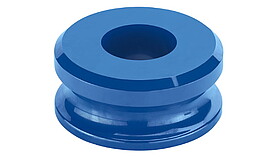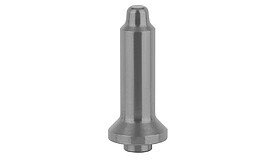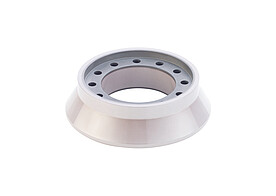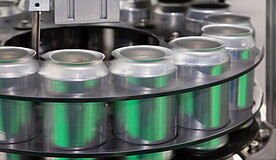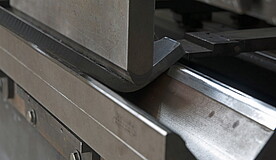Forming processes place very high demands on the wear resistance and stability of the tools and mountings used. High surface qualities are required.
Ceramic tools and components are replacing traditional materials such as tool steel and tungsten carbide in many applications. Due to their high hardness and wear resistance, components made from high-performance ceramics are used in the field of forming technology, for example, for forming rollers.
The material typically used here – depending on the operating conditions - are our CERAZUR and VOLCERA products.
VOLCERA also impresses when used in hot-forming processes at temperatures of up to 1,100 °C thanks to its extremely high thermal-shock resistance.
Compatible Materials
Zirconium oxide
Zirconium oxide is an inorganic non-metal material that belongs to the group of oxide ceramics.
Show more Show less
Latest applications
Cold forming
Cold forming refers to the plastic forming of metals. This operation takes place substantially below the recrystallisation temperature of the material.


